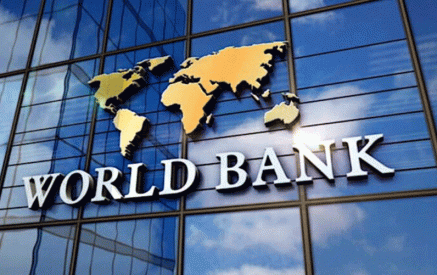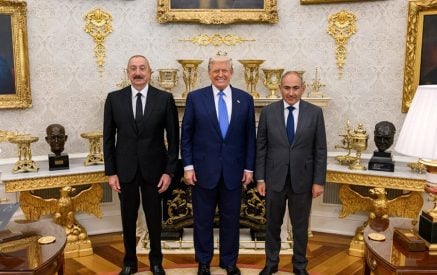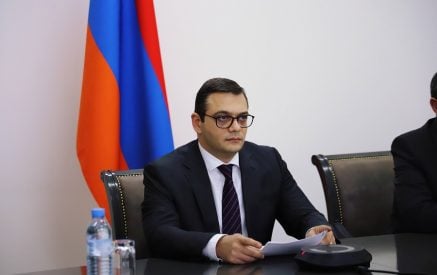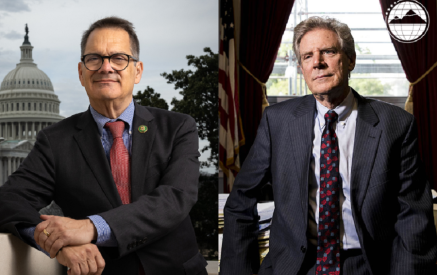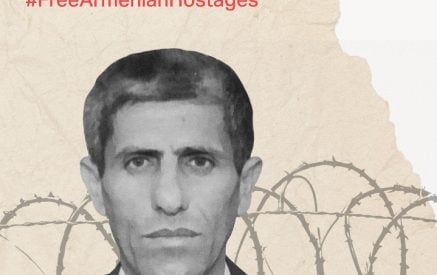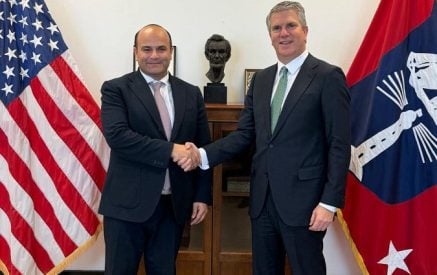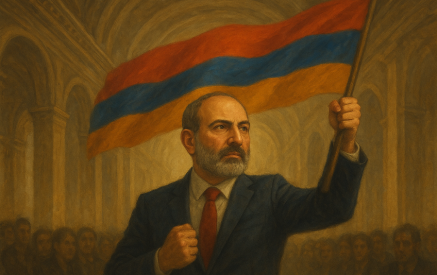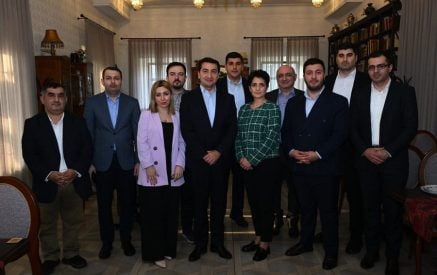Back in 1987, U.S. President Donald Trump published a book (co-authored with journalist Tony Schwartz) titled The Art of the Deal. Judging from his approach, he sees politics in the same terms: a deal must be numerically advantageous for both sides.
For example, Putin refuses to agree to a deal over Ukraine, believing that his position is far more favorable for ending the war. What would it take to persuade the Russian president, according to Trump’s logic? Quite simply—to increase Ukraine’s “capitalization,” its capabilities (in the form of weapons), so that Putin realizes continuing the war is not to his advantage.
If this were purely about business, I suppose that approach would make sense. But in politics—including wars—there are non-numerical, non-material factors that cannot be reduced to such simplistic calculations. Russia’s ambitions, in particular, are not limited to seizing a neighbor’s territory. Putin wants to play a central role in shaping the future global security architecture. (How legitimate those ambitions are is another question.)
That is why I believe peace cannot be achieved anywhere through private deals alone. They must be part of a broader system—and such a system (like Westphalia, Versailles, or Yalta) does not exist today. Otherwise, in any given deal, one side plays the swindler while the other ends up the “sucker.” In the case of the August 8 documents, the swindlers are Turkey and Azerbaijan, and we… well, we are cast in the opposite role.
Read also
When one country in the region sharply increases its military spending, while another cuts back in response to that country’s demands, to speak of long-term, stable peace is, at the very least, sheer infantilism.
Aram ABRAHAMYAN
































